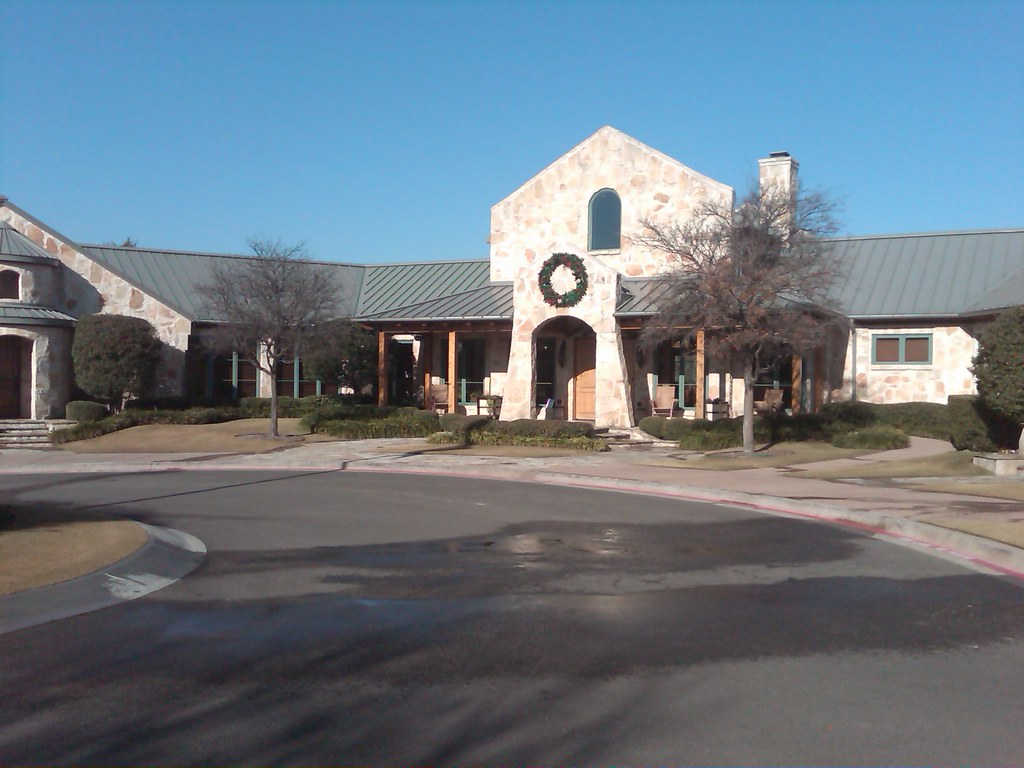2009 Recap
Our Visitors

In our first full month, we had over 2000 visits and as you might expect the peak period of activity was in August and September when turf diseases are at their worst (or best depending on whose perspective you are coming from).
One of the changes I made to our tracking was to install Google Analytics towards the end of the year (mid December to be exact). So the numbers we are getting from are not overwhelming, but they do shed some light on just how far our reach has been not just in the United States but globally.
Global Reach

Although this data only represents the last 2 weeks of the year (since switching to google analytics) we did manage to reach 640 people from 25 different countries and territories (shown in green)!
Traffic Sources

We definitely want to thank all of those that have added turfdiseases to their own blogs and have driven traffic to the site. This site is built for the sole purpose of informing golf course superintendents about problems that may be on the rise in their area. A special shout-out goes to TurfNet as they seem to have driven a lot of traffic to the site in the past year (not to mention in the last two weeks.)
I would also like to thank the folks at GCSAA and Golf Course Management for their mentions of the blog.
A Look Towards 2010
Towards the end of 2009, you probably noticed that we had less than consistent postings. This was expected as the disease problems started to slow down in most areas and teaching responsibilities and conference season picked up for most of us. While we can't promise a post every day of the week, I can assure you that next year we plan to get back into the swing of things.
In addition to our routine postings about current disease topics, look for some special "guest" posts from colleagues in the United States and other parts of the world. With the apparent interest in the site from other countries, and upcoming international trips for some of the primary pathologists on the blog, we plan to initiate an "International" posting date during the year. Again, this will not occur every week, but weekend posts have been reserved for postings from other parts of the world. Just some potential regions include posts from Asia, Argentina, The United Kingdom, France, and South Africa just to name some.
As always, I wish to thank the readers of the blog and ENCOURAGE you to participate publicly or privately. Although the authors would like to get out to every section of their region to find out exactly what is going on, sometimes this just isn't possible. So send us an email or photo and let us know what is happening in your area during the year. Your information may prove invaluable for a fellow golf course superintendent in your region or another part of the world!
Signing off from 2009...(looking forward to getting my "drink on" tonight). CHEERS!


























